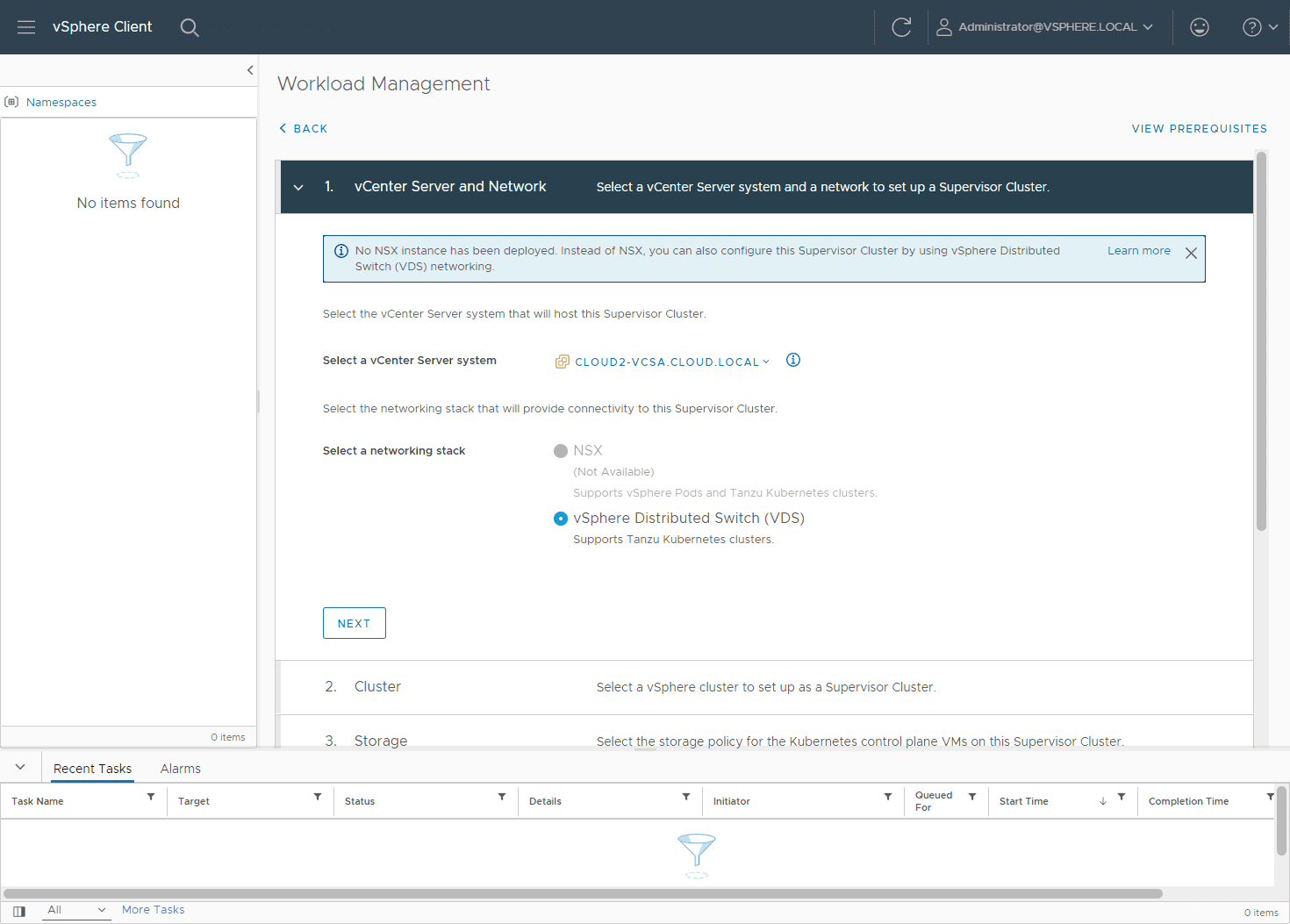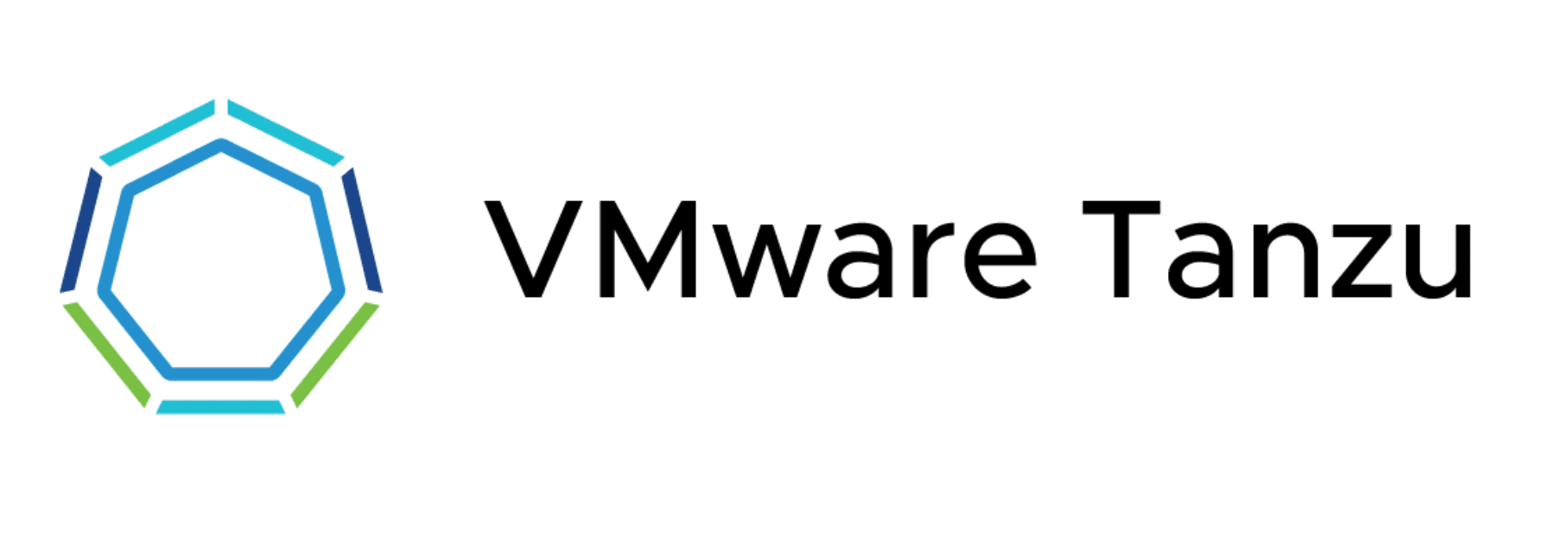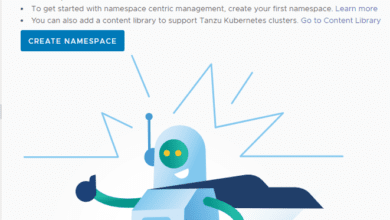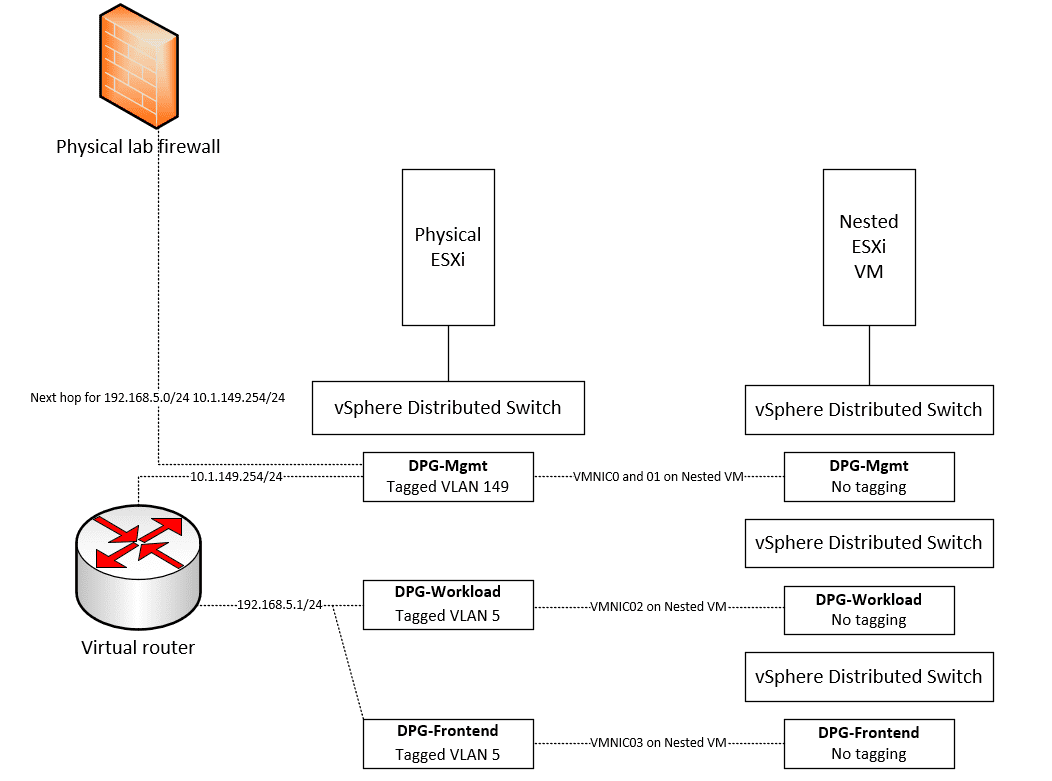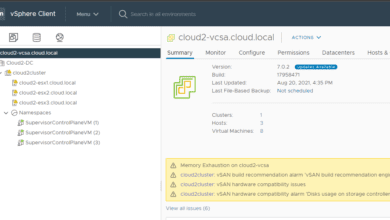vSphere Integrated Containers vs Tanzu
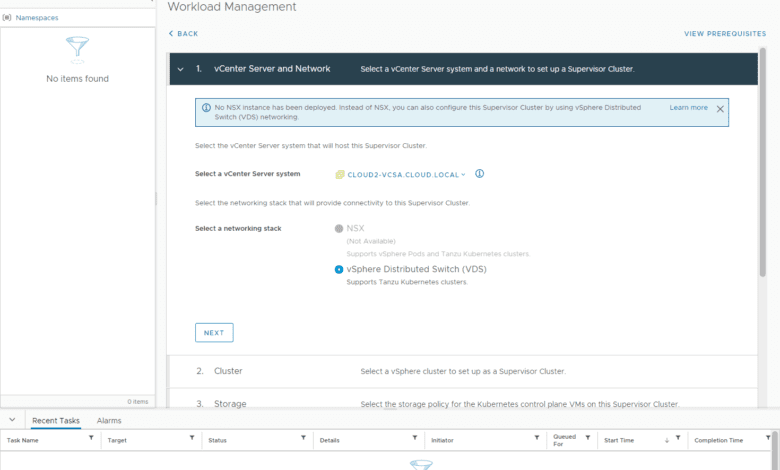
When it comes to running containers on VMware infrastructure, many options are available. If you have been around VMware technologies for some time now, undoubtedly, you have heard about vSphere Integrated Containers (VIC). However, VMware has recently introduced the VMware Tanzu solution for running containers in a VMware environment. Which solution should you use? Let’s look at vSphere Integrated Containers vs Tanzu and compare the two solutions. As it turns out, the choice is not difficult to make for many reasons. Let’s see why.
What is vSphere Integrated Containers?
The vSphere Integrated Containers solution is a solution from VMware introduced circa the end of 2017 to early 2018 that allowed VMware customers to run containers inside virtual machines side-by-side with their virtual machine workloads.
With VIC, customers could stand up the vSphere Integrated Containers solution appliance in their vSphere environment and then provision Virtual Container Hosts (VCHs) that then hosted the containers running in the environment.
The VIC solution runs well and has been the solution for containers in VMware for quite some time. However, VIC has always felt like a “bolt on” solution that is not native to VMware vSphere as it requires the deployment of the VIC appliance and other steps.
You can see how vSphere Integrated Containers (VIC) works by looking at a couple of blog posts I posted some time ago here:
- Installing VMware vSphere Integrated Containers Part 1
- Configuring VMware vSphere Integrated Containers
To Kubernetes or not to Kubernetes
In addition, the major shift in the industry for running containerized workloads has certainly been Kubernetes. Kubernetes is now the de-facto platform for running containers in production environments as it provides all of the benefits needed for your mission-critical applications running in production.
The vSphere Integrated Containers solution does not implement a Kubernetes cluster. So, while you can run containers in VMware using the solution, it does not provide the benefits brought about by Kubernetes.
End of life
More importantly, vSphere Integrated Containers (VIC) is now end of life as a solution from VMware. With the KB post VMware vSphere Integrated Containers End of General Support FAQ (85664), VMware details that with the shift in the industry to Kubernetes-managed containers, the VIC solution is not the direction moving forward. As of August 31, 2021, VIC is now at the end of general support.
This means the way forward for VMware customers to run containers on VMware is VMware Tanzu.
What is VMware Tanzu?
Announced at VMworld 2019, VMware Tanzu is THE way forward with containers in VMware as it provides native Kubernetes integrated inside vSphere. In other words, Tanzu is not a bolt-on product to vSphere. It is part of VMware vSphere. VMware Tanzu Kubernetes functionality is baked into VMware vSphere 7.0 and higher.
With vSphere 7, customers now have a native means to stand up Kubernetes-powered containers running inside VMware vSphere, without an additional solution that needs to be deployed inside the infrastructure environment.
The vSphere with Tanzu solution provides VMware Tanzu Basic at customers’ fingertips to use right from the Workload Management screen in the vSphere Client.
Read my VMware Tanzu posts here:
- What is VMware Tanzu Application Platform v1.1?
- What is VMware Tanzu Kubernetes?
- VMware vSphere with Tanzu Kubernetes Home Lab
- VMware vSphere with Tanzu Nested Lab Networking Configuration
VMware Tanzu Community Edition
Another exciting development as of this past VMworld event was the release of VMware Tanzu Community Edition. Tanzu Community Edition (TCE) brings the world of VMware Tanzu to everyone. It is a free open-source solution that includes the same enterprise Kubernetes distribution found in the commercial versions of VMware Tanzu to Tanzu Community Edition, without strings attached. It is free to download and you don’t even have to sign up with an email address.
What’s even more exciting about the solution is you can run it on Docker, vSphere, AWS, and Azure, or you can run it locally on your Windows, Linux, or macOS workstation. It gives developers access to the same VMware Tanzu Kubernetes environment they will see in production environments to develop their code locally in their own sandbox.
VMware is rapidly developing VMware Tanzu Community Edition adding many new features to the solution, including the unmanaged clusters option. The new unmanaged clusters are replacing the standalone clusters found in the first releases of VMware Tanzu Community Edition. These offer many advantages, including fewer system resources needed, quick provisioning time (cuts this in half), and many other great features.
Read my posts about VMware Tanzu Community Edition (TCE), including the recent release of the solution here:
- Tanzu Community Edition 0.10 Released with Unmanaged Cluster Configuration
- Install Kubernetes in Windows using Tanzu Community Edition
- VMware releases Tanzu Kubernetes Community Edition and NVIDIA GPU support
vSphere Integrated Containers vs Tanzu – which to choose?
Aside from vSphere Integrated Containers (VIC) being end of life, there are many reasons for customers to be moving forward with VMware Tanzu and not VIC. VMware Tanzu is the far superior solution to running containers in VMware as it allows doing this with native Kubernetes management built right into VMware vSphere.
vSphere Integrated Containers vs Tanzu FAQs
- What is vSphere Integrated Containers? The vSphere Integrated Containers (VIC) solution is a solution from VMware allowing customers to run containers in VMware in a supported way. The VIC appliance is deployed and then allows provisioning containers inside Virtual Container Hosts (VCHs). The vSphere Integrated Containers (VCH) solution is now end of general support. Customers need to look at VMware Tanzu for running containers in VMware moving forward.
- What is VMware Tanzu? VMware Tanzu is the modern way moving forward to run containers in VMware. VMware Tanzu allows customers to have Kubernetes-managed containers baked into vSphere without needing to bolt-on a solution for container management. The vSphere with Tanzu solution provides access to VMware Tanzu from within the vSphere Client using a simple wizard installation.
- How do you run containers in VMware? Running containers in VMware is best done with VMware Tanzu. There are other third-party solutions available for running containers in VMware. However, VMware Tanzu provides Kubernetes support that is native to the hypervisor, providing a more robust approach. VMware Tanzu Community Edition (TCE) is a great way for customers to have free access to VMware Tanzu to run VMware, Docker, AWS, and Azure containers.
- Can you run Kubernetes in VMware? Yes, with VMware Tanzu, it is built into the ESXi hypervisor. Also, third-party solutions still allow running containers in VMware using virtual machines as container hosts.
Wrapping up
Hopefully, this comparison of vSphere Integrated Containers vs Tanzu helps any who were wondering about the best solution moving forward to run containers in VMware and what VMware solution was best to move forward with in production. VIC is now end of general support and does not provide Kubernetes capabilities. VMware Tanzu is everything that VIC is not, providing Kubernetes and native support for running containers in VMware, something VIC can’t do.


